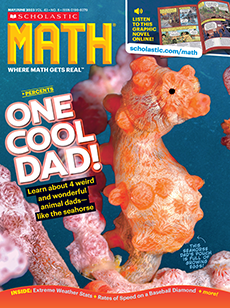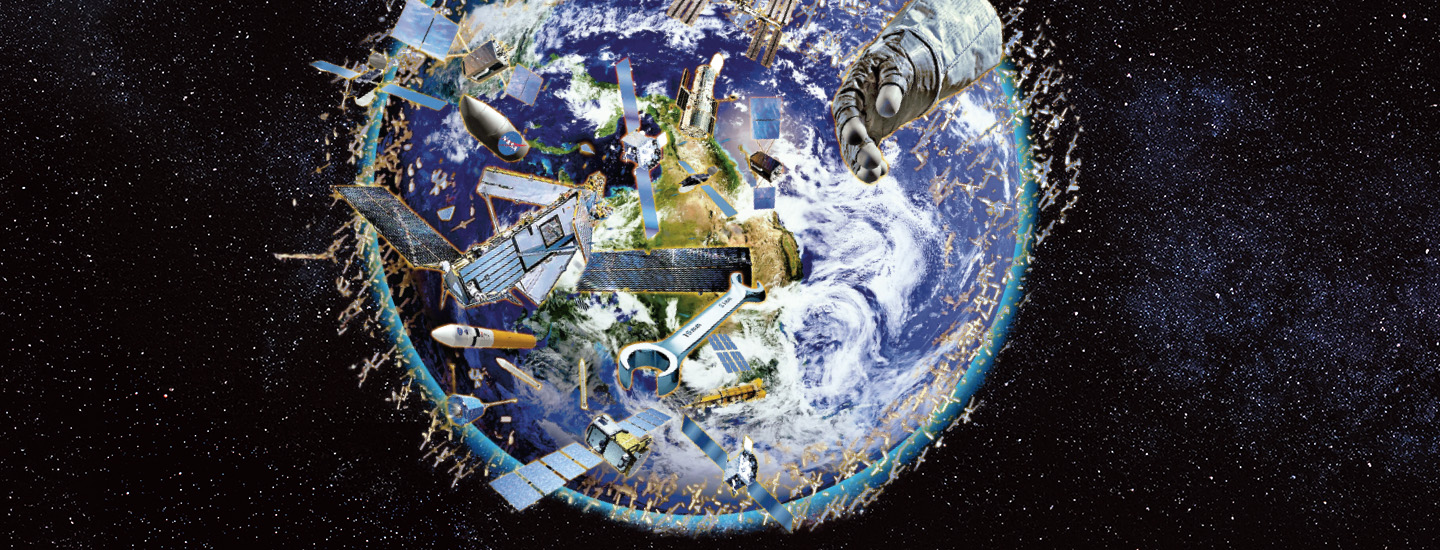Last April, a 19-year-old in Naples, Florida, heard a huge crash and his house shook. His dad, Alejandro Otero, called the police. They found a hole in the roof and a hunk of partially melted metal in the floor. A piece of space junk had struck their house!
Space trash crashing into Earth is rare. But at least 25,000 pieces of junk larger than 4 inches are in orbit right now. It's mostly old satellites and other debris from decades of space exploration. Most of this space junk will slowly fall toward Earth and burn up in the atmosphere. But larger objects—like the one that hit the Oteros’ house—will fall to the ground.
This junk is also more dangerous for astronauts and satellites still in use. All objects orbiting Earth travel at speeds of about 17,500 miles per hour. A collision with a large piece of debris could be catastrophic! So NASA and the military work together to track the debris that threaten active satellites.
Last April, a 19-year-old in Naples, Florida, heard a crash. His house shook. His dad called the police. When they arrived, they found a hole in the roof. There was a hunk of metal in the floor. A piece of space junk had struck the house!
Space trash doesn’t often crash to Earth. But it can happen. At least 25,000 pieces of junk are in orbit right now. And that’s only the pieces bigger than 4 inches! Most of them are old satellites and other debris left by space exploration. They usually slowly fall toward Earth and burn up in the atmosphere. But larger objects can fall to the ground. That’s what happened to the house in Florida.
In space, floating junk can hit active satellites. This puts astronauts in danger. Objects orbit Earth at about 17,500 miles per hour. Colliding with a large piece of debris could be catastrophic! So NASA and the military work together to track space junk.

